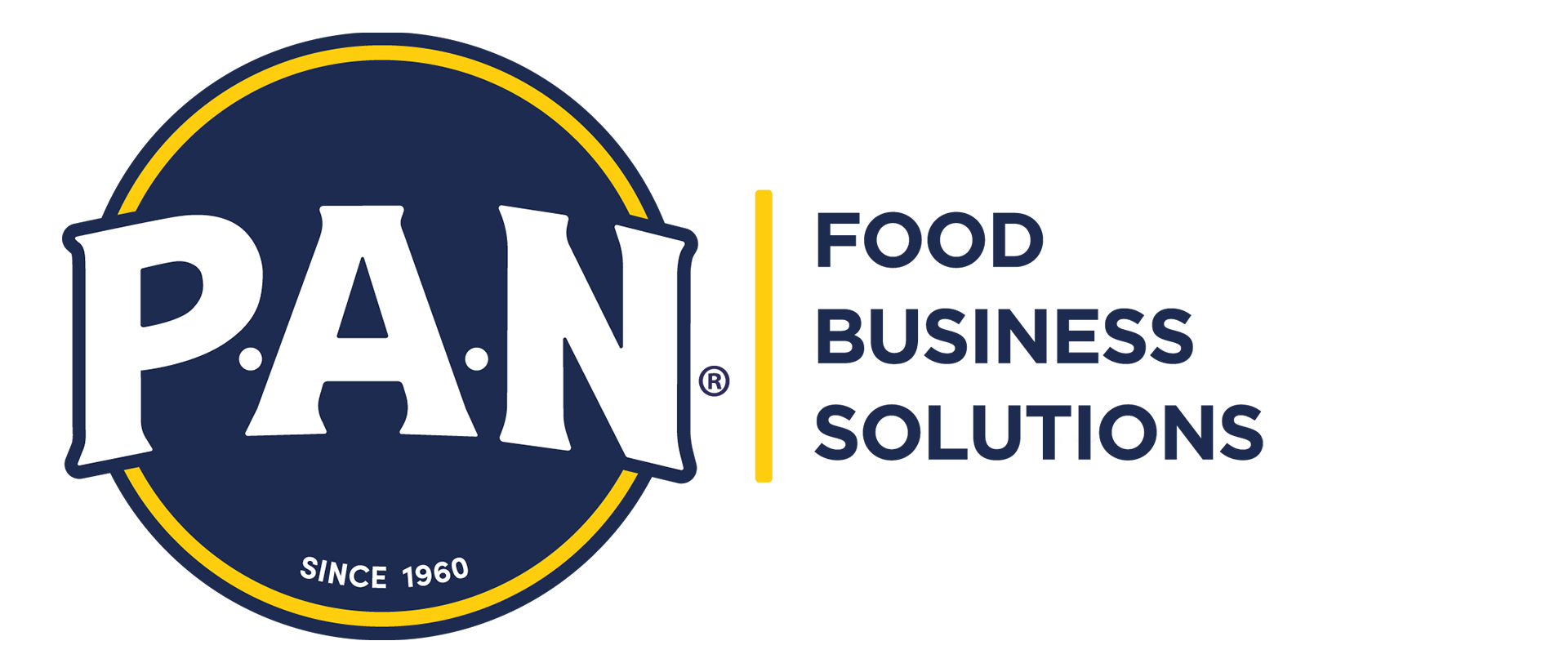Imagine you own an empanada business. Now think fast and tell me who your competitors are.
Most people tend to think that their competition are those restaurants that offer the same thing, in this case, other places that offer empanadas. This puts the focus on working to create a proposal, different enough, so that a consumer decides to choose it over the other, offering different fillings, unique preparations, better service, better price, to mention a few strategies.
Well, for people who are not yet familiar with the advances in applied neurogastronomy, the most normal thing is that the above is the obvious answer, making the business more pigeonholed by the product and the type of service it offers.

Advances in consumer science show us that this approach is no longer enough, presenting a paradigm shift showing very powerful results.
The new practice consists of understanding the patterns that define the characteristics of consumption, the needs and the mood of the client, in relation to our offer and that of restaurants that may well cover the same need.
Today we know that the large companies that lead the food industry no longer design their marketing strategies based on their direct competition, nor consumer segmentation: gender, age, social stratum, among others. Now, the focus is on determining what are the different moments of consumption that exist and how the gastronomic offer becomes evident to cover that need.

Think about this for a moment: it’s 12:30 p.m., we’re hungry, and we don’t have much time to eat. Now make a list of the different places you could go for lunch. Surely you are not going to list a single type of restaurant, fast food places will surely appear: arepas, hamburgers, fried chicken, Chinese food, street food or pizzas. The moment of consumption generates a wide offer and widens the competition. The same person is a customer of different stores and consumes a repertoire of brands, based on different needs, opportunities and moods.

We invite you to do the exercise and put yourself in your customer’s shoes and ask yourself the following:
Why? What is the main reason why I should look for this product now?
When? Is there any specific opportunity or situation for the consumption of this product?
Where? Is this place ideal to consume this product?
Who? Would go alone or accompanied? With whom?
With what? Would you enjoy this product on its own or with another product?
How? How would I feel emotionally in that place?
These answers can help you broaden your vision, generate a more attractive offer for customers, and communicate it with more efficiency and reach.
We co-created this content with @neurogastronomo to help your business grow.
